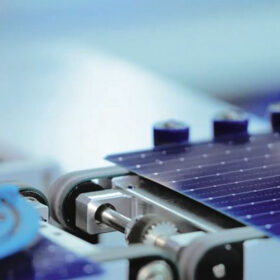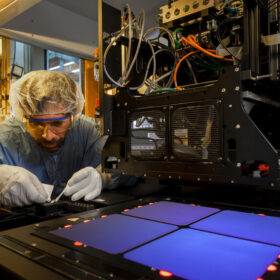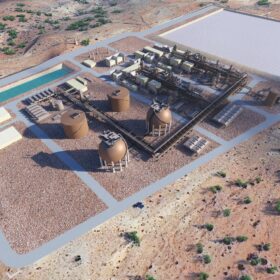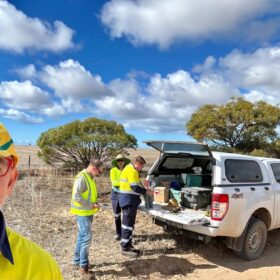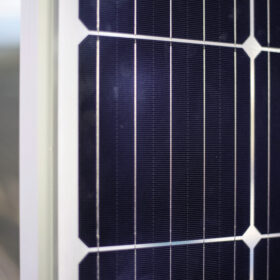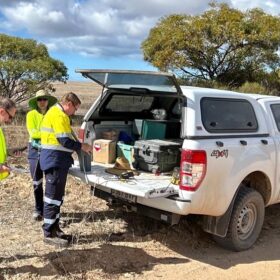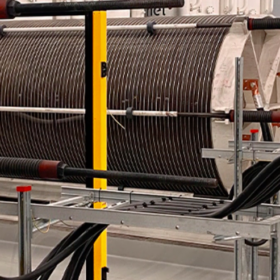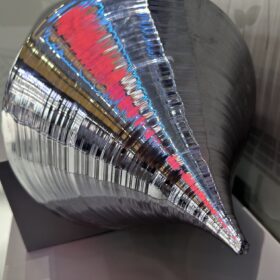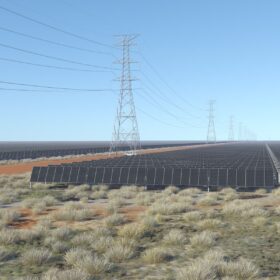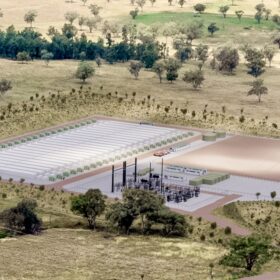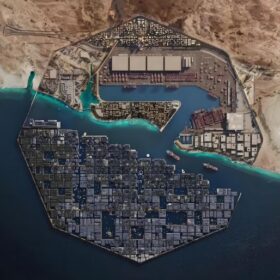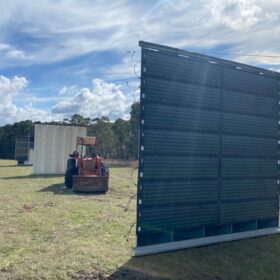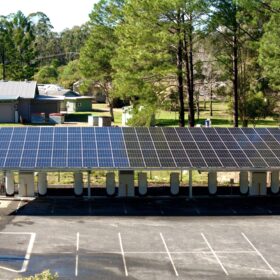Weekend read: Getting to the bottom of TOPCon degradation
Should the industry be alarmed at the potential degradation susceptibility of tunnel oxide passivated contact (TOPCon) solar cells? Or are the problems easily addressed and more a reflection of rushed-to-market products? pv magazine contributor and consultant Götz Fischbeck reports.
Low-temperature processes to reduce silver use in tandem perovskite-silicon solar cells
Researchers from Germany’s Fraunhofer ISE developed new techniques to reduce silver consumption in tandem perovskite silicon solar cells and heterojunction silicon PV devices. The new processes relate to cell metallisation and module interconnection.
Hydrostor strikes deal for Australia’s first compressed air energy storage facility
Hydrostor has penned a deal with Australian miner Perilya to build a 200 MW/1,600 MWh advanced compressed air energy storage facility in a disused mine cavity near Broken Hill in western New South Wales.
Not all ‘lithium-ion’ batteries carry the same risks
As the energy storage trend unfolds, stories litter the media landscape about lithium-ion batteries catching fire, and even exploding. It’s a valid concern, and the time for consumers to understand a basic truth about lithium-ion batteries is long past due.
Redflow lands biggest contract yet for Californian hospital microgrid
The project team is led by the State of California through the California Energy Commission, and joined by Faraday Microgrids, and Redflow with zinc bromine flow batteries.
H2EX’s Australia ‘natural hydrogen’ survey set for Q4
The International Energy Agency has warned that lagging policy support, rising costs, and supply chain disruptions threaten the profitability of low-emission hydrogen, meanwhile the Commonwealth Scientific and Industrial Research Organisation (CSIRO) has identified hydrogen seeps in South Australia.
P-type solar products may be phased out by 2026 as n-type tech ‘rapidly’ expands
The rise of cost-effective TOPCon cell technology last year led to a ‘surge’ in production demand for solar n-type cell technology, with leading industry analysts TrendForce prophesying PERC cell capacities ‘may’ be phased out in two to three years. The company’s experts, however, warn that oversupply for p-type cells and modules may increase the price gap between n-type and p-type products in the upcoming months.
Natural hydrogen hopeful looks to space to accelerate ambitions
West Australian natural hydrogen startup H2EX will work with Adelaide-headquartered space exploration company Fleet Space Technologies to accelerate the discovery of naturally occurring hydrogen systems in South Australia’s Eyre Peninsula.
World’s first green hydrogen plant to heat steel
Hitachi Energy has delivered a modular solution to electrify a 20 MW electrolyser to produce hydrogen to heat steel before rolling, while Enapter has unveiled its AEM electrolysers for industrial and refuelling pilot projects.
Indian scientists making high-purity polysilicon ingots from recyled PV cells
Indian scientists have produced high-purity polysilicon ingots from recycled solar cells using “spark plasma sintering” (SPS), and claim they may achieve a purity level comparable to commercially available products.
